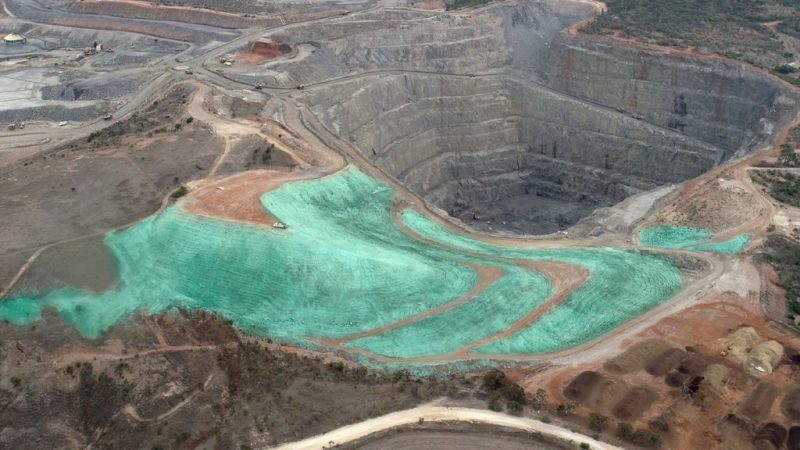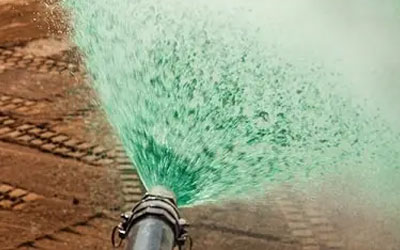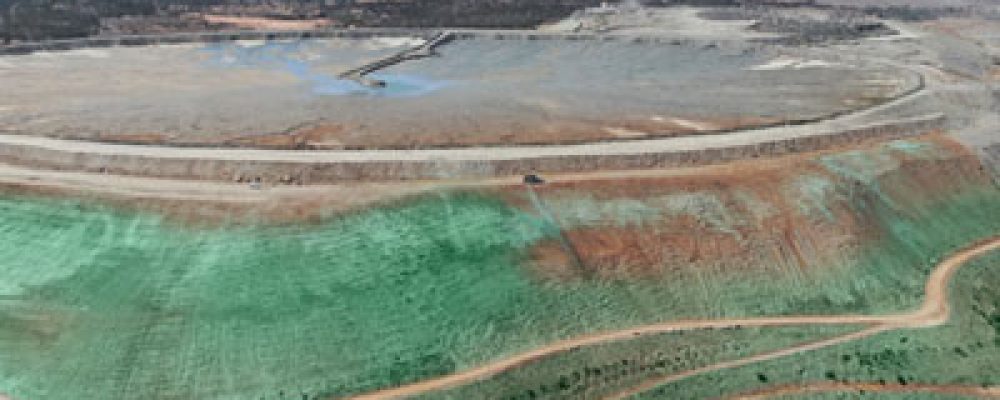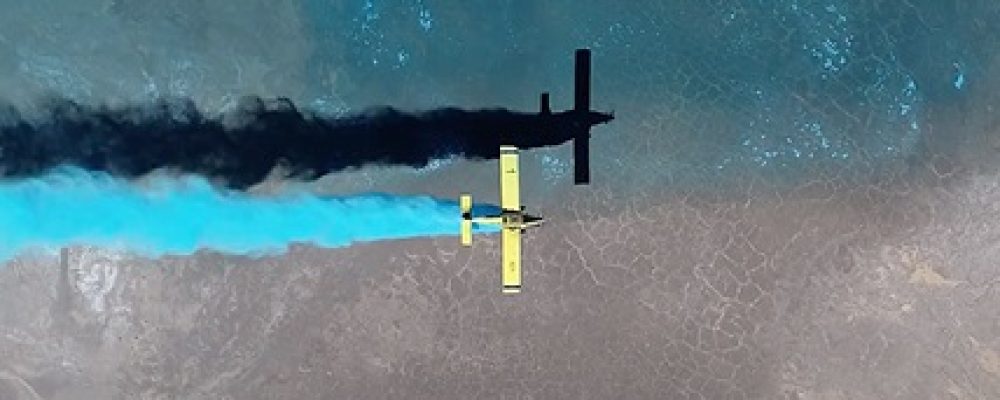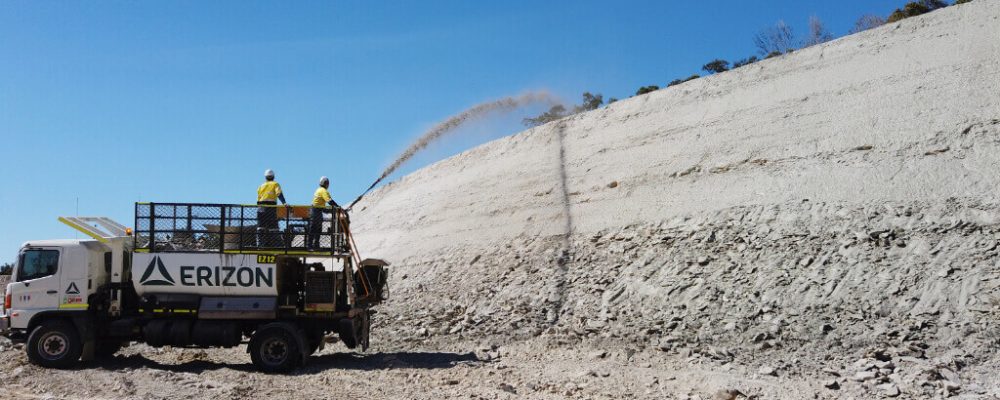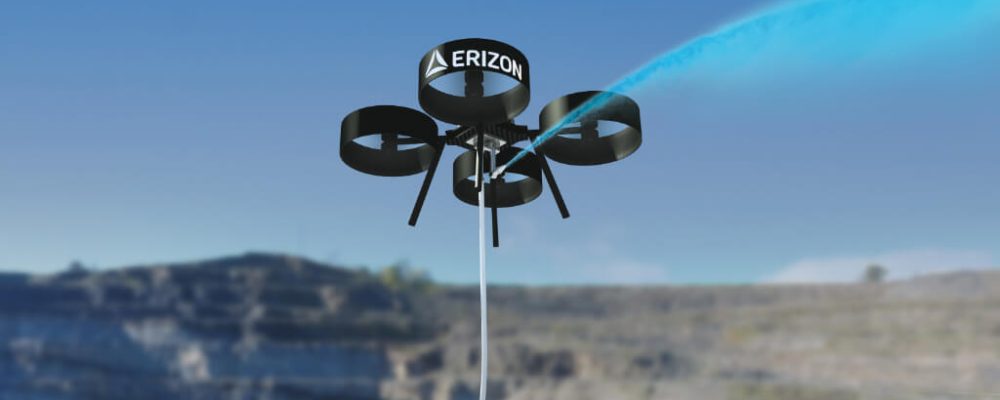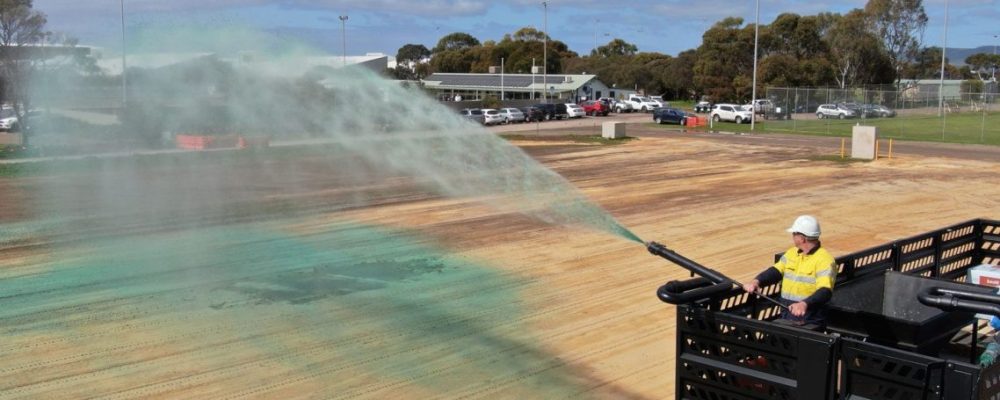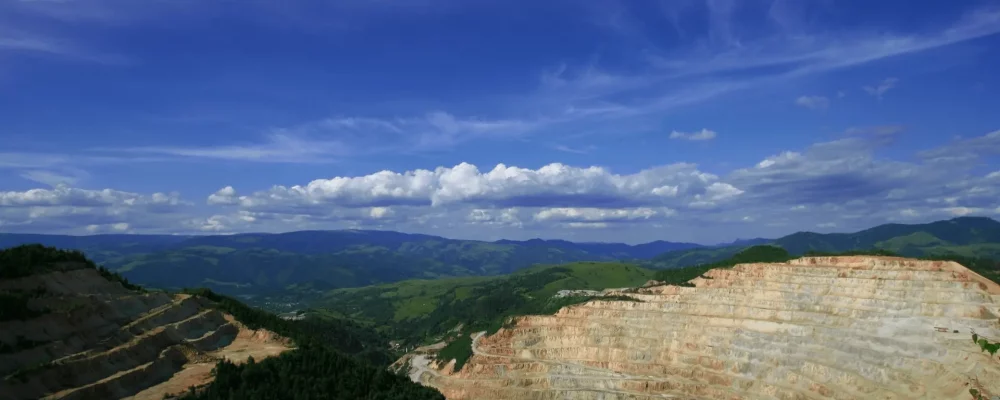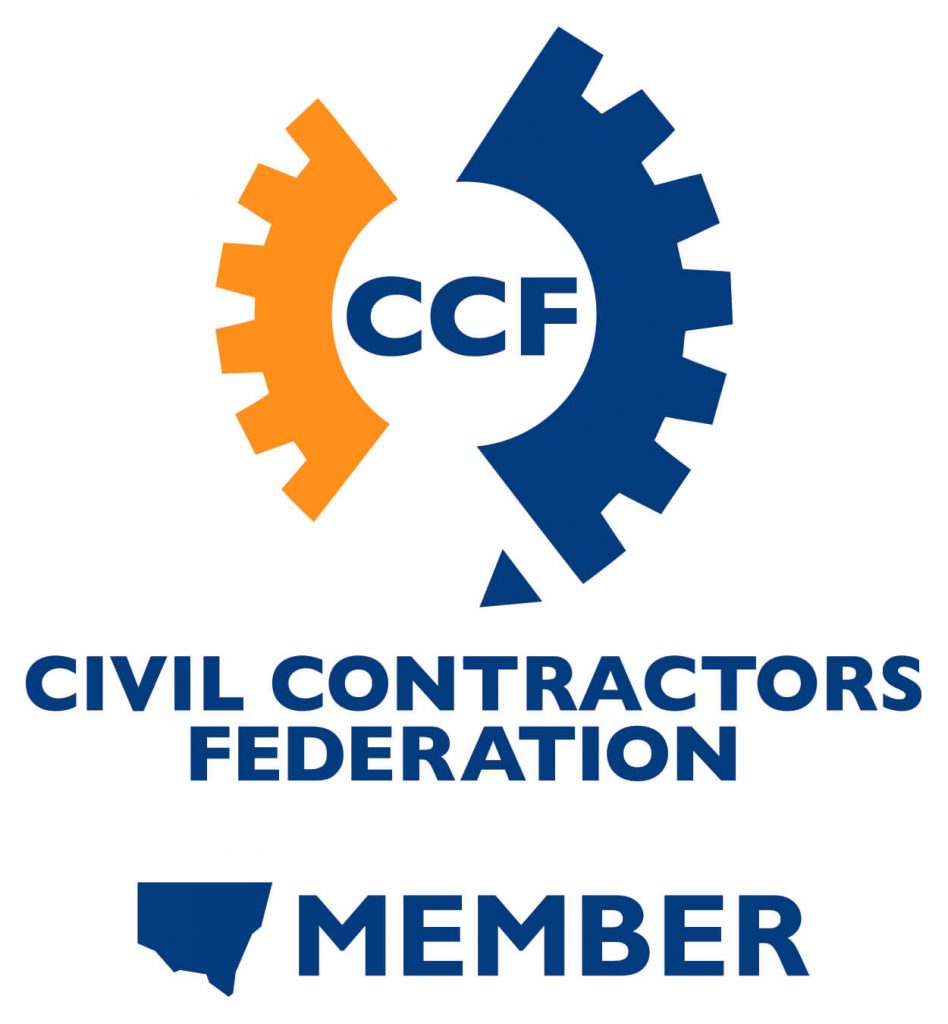What makes soil “good” or “bad”?
The definition of good soil depends on different factors and the intended land use. For instance, farmers want fertile soil that is easy to till and has good water retention. Meanwhile, for engineers, good soil drains well and compacts easily.
While there’s no universal definition of good soil, we can learn more about it and know how to improve it by understanding its different properties. One of Erizon’s primary services is revegetation for long-term erosion control, batter stabilisation, and restoration of animal habitat and biodiversity in areas disturbed by activity. Fresh topsoil is rare and expensive which creates the need for a suitable topsoil alternative
In this article, we will discuss the different soil properties and ways to improve soil health for revegetation purposes.
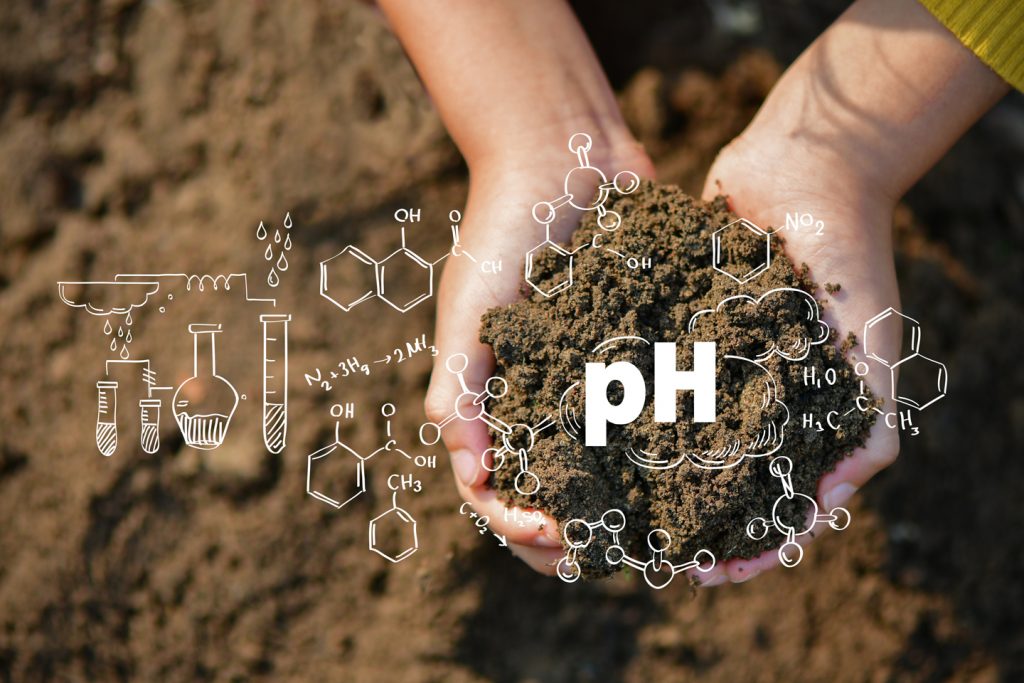
Soil pH and Nutrient Levels
Soil pH refers to the acidity or alkalinity of the soil. The lower the pH level, the more acidic the soil is. Because the scale is logarithmic, soil with a pH of 6 is ten times more acidic than one with a pH of 7, and a pH of 5 is 100 times more acidic than a pH of 7.
Most plants grow best in soils with a pH of 6.5 to 7, as most soil nutrients are plant available in these conditions. However, some plants have adapted to grow in soil pH as low as 5.5 or above 7.5.
While you can add lime to increase the pH level or sulfur to lower it, they can only change the topsoil but not the subsurface. Because of this, choosing plants adapted to a particular soil pH is recommended.
Besides having the most suitable soil pH, specific nutrients are crucial to plant growth. Some of the essential macronutrients include nitrogen, potassium, and phosphorus. Additionally, plants need micronutrients such as sulfur, iron, magnesium, copper, manganese, zinc, boron, and molybdenum.
You can gain insights into the soil pH and nutrients through soil testing and analysis. For nutrient analysis, samples are collected in the top 150-200mm of the soil because this is where most roots grow. If the site is large, it may need to be subdivided into smaller areas depending on each area’s characteristics and use.
At each site, the priority is to understand the characteristics of the topsoil or upper layer. However, it is also important to know if there are any limiting factors in the sub-soil material that may have an impact on plant health. Toxicities such as salinity, sodicity, chloride, boron, and aluminium should be assessed.
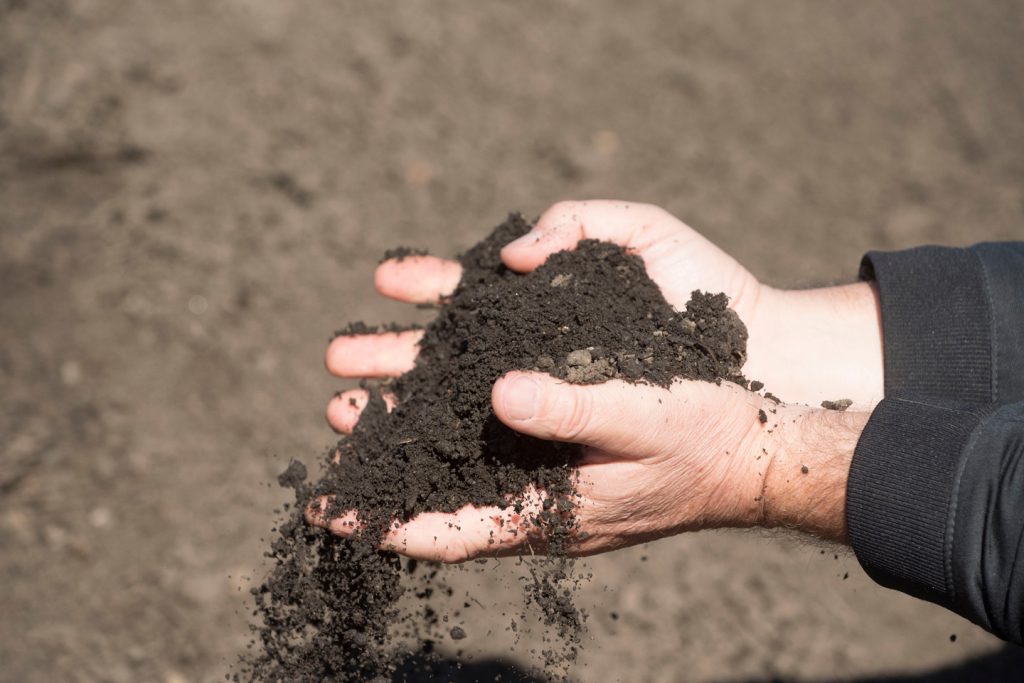
Understanding Soil Texture
Soil texture is the percentage of sand, clay, and silt in a particular soil. Sand makes soil feel gritty with its large particles visible to the naked eye. On the other hand, microscopic clay particles make soil feel smooth. Lying between sand and clay in terms of the size of particles is silt which makes soil feel slippery.
While there’s no bad soil texture for revegetation because various plants grow in different textures, it’s crucial to understand soil texture to make informed choices in plant species and assess what amendments and soil improvement measures may be necessary.
Soils in Australia
Most of Australia’s soils are heavily weathered, infertile, and among the most nutrient-poor in the world. Mineral or skeletal soils exist over many arid regions and contain virtually no organic matter and little depth. Meanwhile, soils in the semiarid areas are alkaline, have low organic content, and have high salinity.
Although we have vast areas of cracking clays that are relatively fertile, they have physical constraints that limit revegetation options. Some leading causes of the decline in soil quality include land clearing, mining, poor soil conservation, water extraction, and sheep and cattle grazing.
While soil texture can’t be changed, it is possible to improve all soils by understanding their characteristics and limitations, then applying innovative amendment and management. With the right approach, degraded soils can be revived, rehabilitated and revegetated as a fresh topsoil alternative.
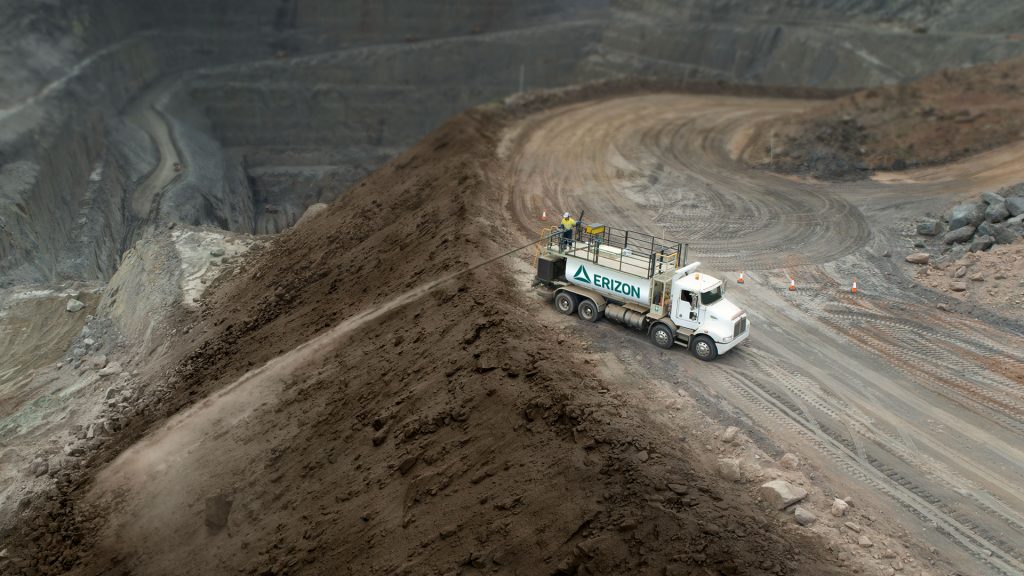
What are the topsoil alternatives?
Erizon’s team of soil scientists, horticulturalists, and environmental experts have scientifically developed a sprayable topsoil alternative called EnviroSoil® that works to turn depleted soils into ideal growing conditions without using rare and costly topsoil.
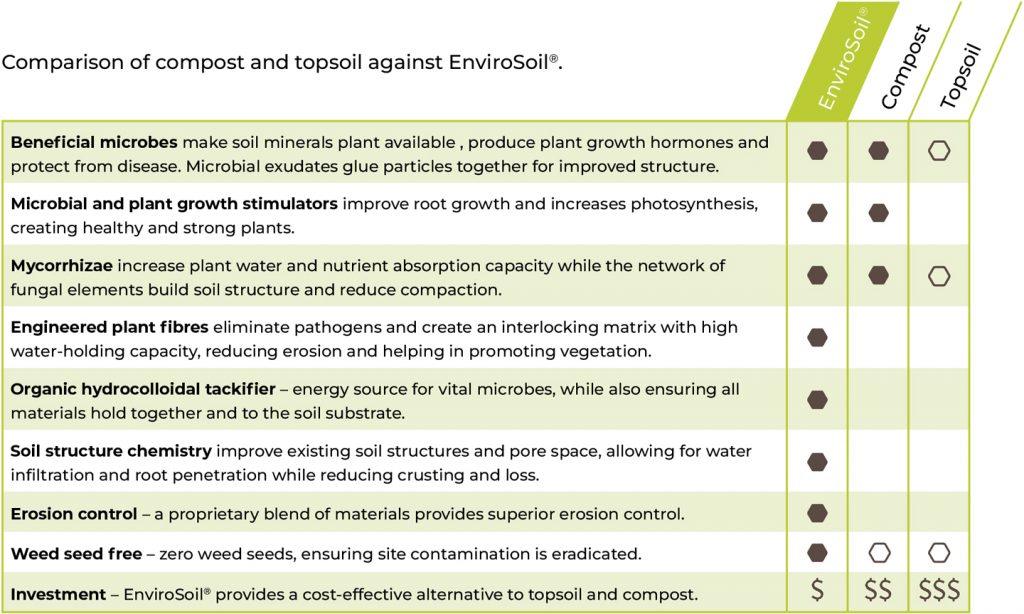
With its active components including organic fibres, natural soil conditioners, microbial inoculants, mineral blends, and other ingredients that work symbiotically, EnviroSoil® can improve the composition and texture of severely damaged soils and make them more suitable for supporting vegetation growth.
This topsoil alternative also contains nitrogen-fixing bacteria and mycorrhizae that work together to simulate the natural cycle and improve germination. Meanwhile, the organic fibres that form an interlocking matrix don’t only control erosion, but also serve as a food source for microbial colonies to regenerate.
To accelerate vegetation growth and further minimise erosion, EnviroSoil® can also be used in conjunction with EnviroLoc® Hydromulching BFM. The combination of EnviroSoil®’s topsoil alternative components and EnviroLoc’s interlocking matrix creates an ideal environment for faster germination at just 3 weeks. With EnviroSoil®’s properties that improve the soil beneath, plant growth can be witnessed at 6 weeks.
The application of EnviroSoil® is not a one-size-fits-all approach, as each site has different conditions, requirements, and goals. If you want to discuss your project and learn more about how we can help you based on your site-specific needs, get in touch with our experts today!
